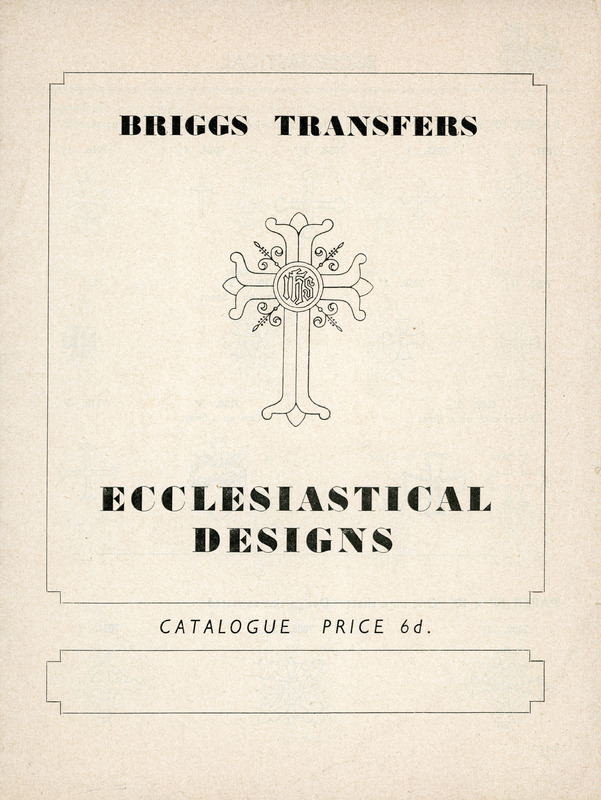National Altar Guild Association
In the 20th century, as The Episcopal Church became more closely linked across diocesan boundaries, individual Altar Guilds began to form Diocesan Altar Guilds as women met locally to share knowledge and inspiration. This movement grew into the National Committee of Diocesan Altar Guilds, which was renamed as the National Association of Diocesan Altar Guilds (NADAG) in 1961. During this time the care of the altar fell under the umbrella of “woman's work,” and NADAG was considered part of the Episcopal Church Women organization.
Like many other organizations affiliated with The Episcopal Church, NADAG planned its national meetings to coincide with General Convention. As the group grew, so did its presence at Convention. At the 1961 General Convention, the group exhibited vestments, sanctuary banners, vessels and other Eucharistic items, and offered two workshops showcasing their work at the Episcopal Church Women Triennial Meeting. In 1967, NADAG organized an impressive exhibit of Ecclesiastical Art for General Convention and began publishing a national newsletter.
Beyond displays at General Convention, NADAG created a reference library for ecclesiastical arts at Nashotah House in 1967, and in 1982 an endowment was set up which made NADAG self-supporting. In 1987, NADAG changed its bylaws and expanded its membership to include parish, mission, diocesan, and provincial guilds, and individual members. To reflect this new inclusivity, the name was changed to the National Altar Guild Association (NAGA).
Altar Guild work is no longer considered the exclusive province of women, and people of all genders and ages now participate in everything from vestment design and creation to flower arrangement and the provision of bread and wine for the Eucharist. Though the style and variety of Eucharistic furnishings may look very different, modern Altar Guild members faithfully carry on the tradition of two centuries of Episcopal women before them.

Cover of the Altar Guild Manual written by Edith Weir Perry, 1934.

